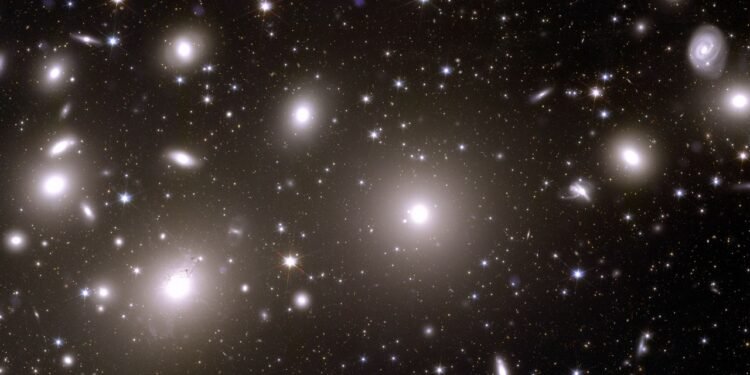Scientists leading the European Space Agency’s Euclid space telescope mission have just released its breathtaking first science images, taken only four months after launch. These new space photos reveal spectacular snapshots of the vast structure of the cosmos, including a massive galaxy cluster in the Perseus constellation, an object nicknamed the “Hidden Galaxy,” an irregularly structured galaxy, a globular cluster packed with myriad stars, and the gorgeous Horsehead Nebula.
Euclid mission leaders announced the first images today at an event at ESA Space Operations Centre in Darmstadt, Germany. Carole Mundell, head of ESA’s science program, introduced the images. “Today is an iconic day. We’ve reached all of the engineering milestones of our mission and we’re finally able to enter into our science mission,” she said.
Mundell and her colleagues emphasized the space telescope’s potential for studying the large-scale structure of the universe. “I’m looking forward to the insights Euclid will give us, especially to understand what dark matter and dark energy really are,” said Josef Aschbacher, ESA Director General.
“It’s a big achievement. The first images are wonderful. They are up to expectations in terms of quality and precision, so we are very hopeful for the rest of the mission,” said Francis Bernardeau, the Euclid Consortium deputy lead and an astrophysicist at CEA Paris-Saclay, speaking to WIRED the day before the event.
These images are just the beginning of Euclid’s mission: By the end of this decade, the telescope will survey billions of galaxies like these, parsing over 15,000 square degrees—about one third of the sky—and looking back through 10 billion years of cosmic time. Together, these images will create unprecedented three-dimensional views spanning most of the life of the universe.
This new generation of space photos will also demonstrate the sensitivity of Euclid’s two instruments, which simultaneously photograph objects at optical and near-infrared wavelengths. They also measure objects’ spectra, or graphs showing the intensity of light emitted at a range of wavelengths. These measurements indicate an object’s distance and chemical composition, among other things.










